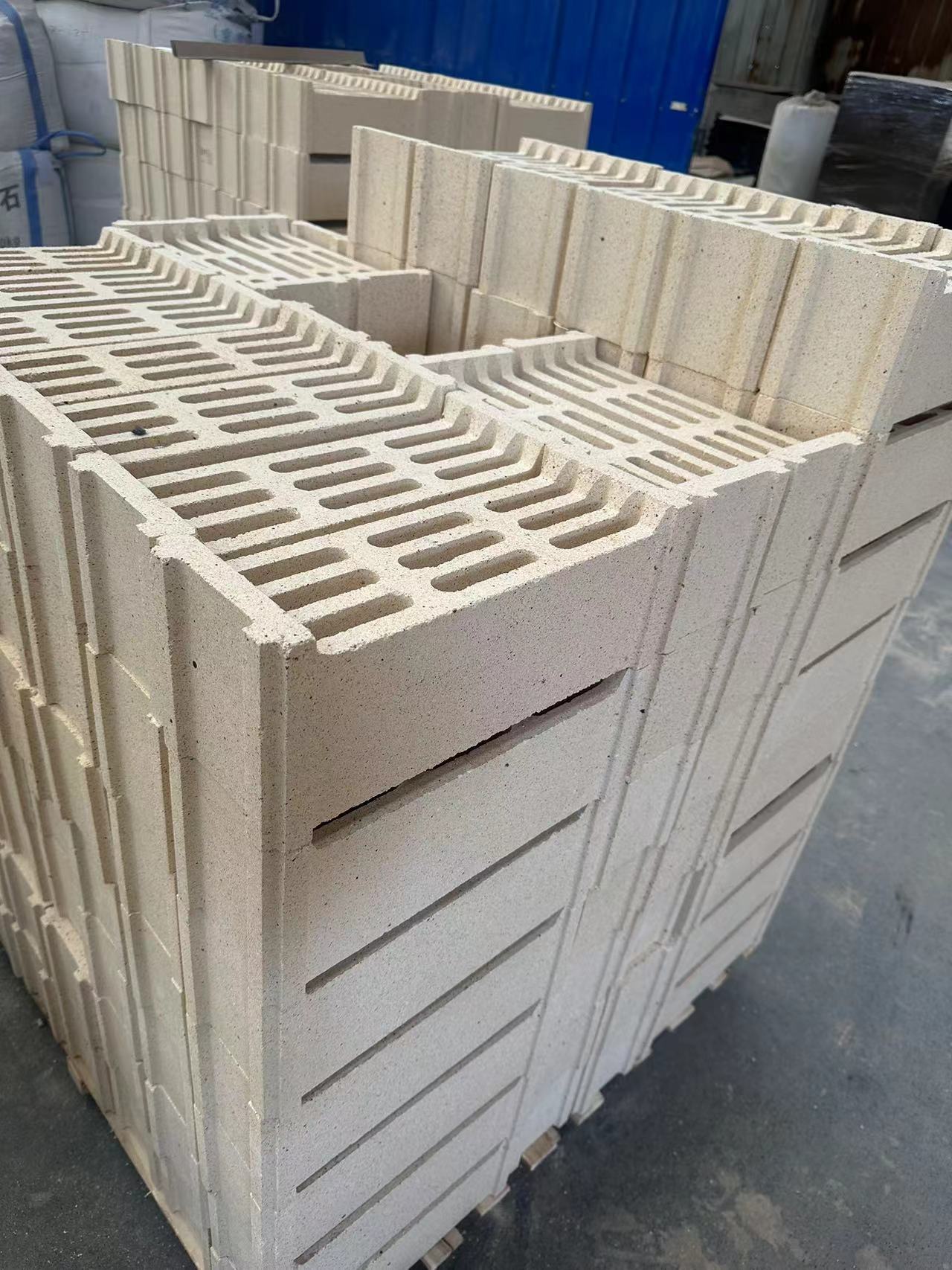A Definitive Guide to the Proper Installation of Refractory Bricks
The performance and lifespan of refractory bricks largely depend on how well they are installed. Whether it’s for a steel - making furnace, a cement kiln, or an industrial boiler, proper installation is crucial. Here are the key steps and considerations for the correct installation of refractory bricks.
Preparation is Key
Before starting the installation, clean the installation surface thoroughly. Remove any debris, dust, or loose materials. Inspect the surface for irregularities and repair them as necessary. Also, ensure that the installation area is dry. Moisture can significantly affect the bonding of the refractory bricks and lead to premature failure.
Select the right mortar for the job. The mortar should have similar thermal and chemical properties to the refractory bricks. This ensures compatibility and a strong bond between the bricks. Measure and mix the mortar accurately according to the manufacturer’s instructions.
Installation Process
Begin by laying the first row of bricks. Use a level to ensure that the bricks are straight and evenly spaced. Apply the mortar evenly on the surface and between the bricks. The thickness of the mortar joint should be consistent, typically around 2 - 3 mm. This helps in distributing the load evenly and preventing hot spots.
As you continue to stack the bricks, use cross - ties and anchors where required. In large installations, these help in securing the brickwork and preventing movement. For curved structures, such as furnace walls, cut the bricks to the appropriate shape. This ensures a proper fit and maintains the integrity of the structure.

Quality Control During Installation
Regularly check the alignment and perpendicularity of the brickwork. Use a straight - edge and a plumb bob to ensure that the bricks are in the correct position. Any misalignment can lead to stress points and eventual failure of the refractory lining.
After the installation is complete, allow the mortar to cure properly. Follow the curing period recommended by the manufacturer. This ensures that the mortar develops its full strength and provides a durable bond between the bricks.
In conclusion, proper installation of refractory bricks involves careful preparation, a systematic installation process, and continuous quality control. By following these steps, you can enhance the performance and longevity of refractory installations, ultimately saving time and costs in the long run.
Inquiry Now
Please leave your e-mail and we will contact you as soon as possible
contact us
Your satisfaction is our top priority. Whether you have questions, need support, or want to share feedback, our dedicated team is ready to assist you every step of the way.